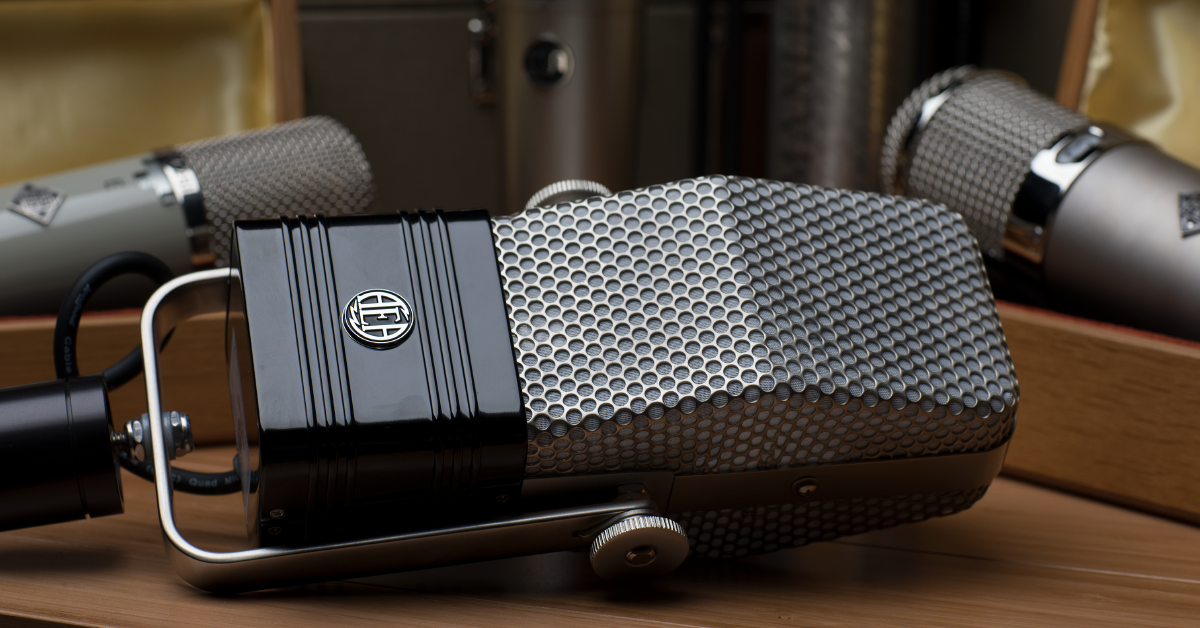Microphone FAQ

In this FAQ, we will answer the most common questions asked when using and troubleshooting microphones.
What is a polar pattern?
The polar pattern is the sensitivity of sound being picked up from different directions surrounding the microphone. It’s essentially the “listening area.” Not all microphones diaphragms are built the same so the polar pattern for each can be different. This ultimately affects how the microphone sounds and also how much sound is picked up. Learn more in Polar Patterns Explained.
What’s the difference between a dynamic and condenser microphone?
The main difference between a dynamic and condenser microphone is how they work. Dynamic microphones turn sound waves into a voltage with the use of a magnet; it’s like a speaker but in reverse. Condensers, on the other hand, work on the principle of variable capacitance. In simple terms, they work like a battery. Learn more about how dynamic microphones work, and how condenser microphones work.
What’s phantom power?
Phantom power (+48v) generates the DC voltage required to power a condenser microphone. Most modern mixers and audio interfaces include a +48V switch, but there may be times where the use of an external phantom power supply is used. Learn more in our article “What is Phantom Power”.
Will I damage my condenser microphone if I unplug it before turning phantom power off?
Plugging or unplugging a condenser microphone in when +48v is engaged (known as “hot-plugging”) can cause damage to your microphone. It’s like changing a lightbulb while the light switch is on. Due to the significant voltage spike when connecting or disconnecting, you will hear a loud pop which is harmful to speakers and in some cases, can potentially damage the microphone. The best practice is to turn phantom power on after you plug it in, and turn phantom power off before you unplug it!
Can you damage a dynamic microphone if you’re using phantom power?
Dynamic microphones are safe to operate with phantom power (+48v). There are a few times where you can potentially damage a dynamic microphone; specifically, passive ribbon microphones.
- Cables that are improperly wired.
- Live cross-patching on a patch bay.
- Improper connections. Always connect the microphone while phantom power is turned off!
Why is my microphone so quiet?
Before you turn your levels up, there could be several reasons why the microphone is so quiet. For example, while interfaces and mixers have a +48V switch, some of the more budget-friendly devices may not provide a full 48 volts. This leads to an underpowered microphone producing low output. Here are some things to double-check.
- Check the microphone’s position. It could be pointed in a way where the polar pattern is rejecting the sound source.
- Swap out the cables and try a different input.
- Turn on the phantom power (+48V) if you’re using a condenser microphone.
- Some dynamic and ribbon microphones have very low output levels and require the use of a preamplifier to boost the gain.
- If your microphone, audio interface, or mixer has a Pad switch, make sure it’s disengaged. Pads turn on an attenuator to decrease amplification; you only want to use this when there’s a “hot” input signal like one coming from a guitar amp.
- If the audio interface or mixer has a Mic/Line/Inst switch, make sure it’s set to Mic. Microphones have the weakest of the three output voltage signals and require the most amount of amplification.
- Check that the preamplifier gain is turned up, but not to the point where the signal is clipping.
Can I use an XLR to ¼” cable with my microphone?
XLR to XLR cables are preferred, but if you’re in a bind, you can use XLR to ¼” cables on some microphones. They must be balanced TRS cables, and your mixer or interface needs to be set to Line. ¼” TRS connections can’t transfer phantom power so you won’t be able to use a condenser microphone using an XLR to TRS cable.
Why isn’t my microphone preamp working?
Passive microphone preamps like the CL-1 and DM1 require phantom power for them to work. Don’t worry though! They don’t transfer the phantom power into your mic so there won’t be any risk of damage. Of course, be sure to check the cable connections, as well.
Where should I place my microphone for singing?
To get the best sound out of your microphone when singing, you generally want to have it at least three inches away. The closer to the microphone you get, you’ll begin to notice the proximity effect. This leads to a lot of boominess and distortion. Learn more about proper microphone technique.
Why do I hear wind noise when my mic is plugged in?
Wind noise is a specific type of handling noise. A variety of different sources can cause this. It could be a damp capsule, bad cable, or even a lack of a windscreen. Here are some tips to help reduce handling noise.
- Keep your microphones stored in a low-humidity environment.
- Get a windscreen and isolate the microphone as much as possible to reduce the amount of environmental noise.
- Check the cables are properly connected both to the mic and the interface or mixer.
When you need help, Sweetwater has the answers!
Our knowledge base contains over 28,000 expertly written tech articles that will give you answers and help you get the most out of your gear. Our pro musicians and gear experts update content daily to keep you informed and on your way. Best of all, it’s totally FREE, and it’s just another reason that you get more at Sweetwater.com.


